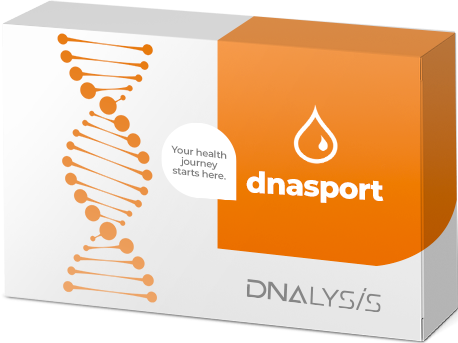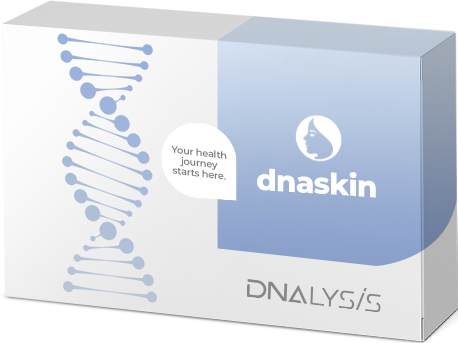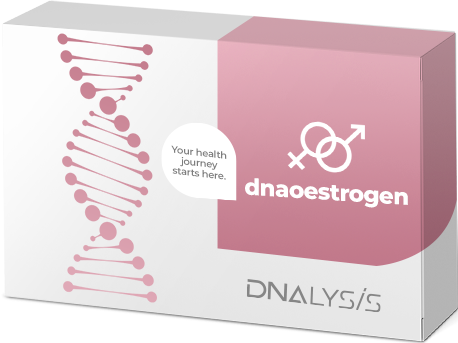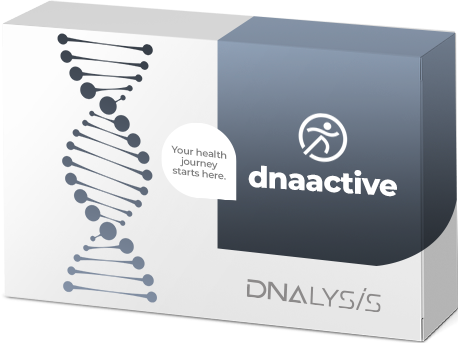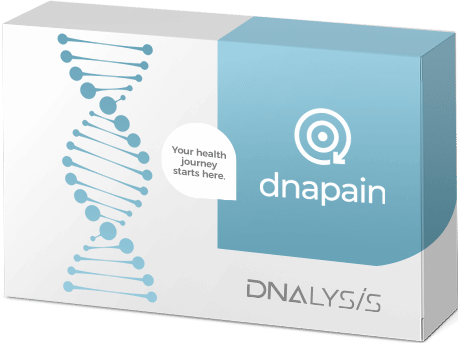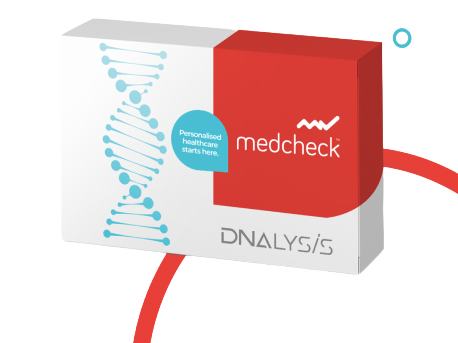A DNAlysis affiliated article
For decades, athletes were told to push harder. However, the “harder” approach might not be the “right” way. “Harder” does not necessarily mean either “best” or “more effective”, even though it might have been to many before.
What every athlete needs to start asking is: what is the “right” way for me? How can I perform better and be the best athlete I can possibly be? The “smarter” approach means adapting every possible detail to the individual framework with which you have to work, extracting the maximum potential. Only by knowing their framework and where their strengths and weaknesses lie, can we create the right programme for success.
So how can an athlete know what is the “right” way? We start by looking at their genetics.
The impact genes have on sports performance is just mind-blowing! According to some authors, around 2/3 of the variance in the athlete status can be explained by genes and, in the case of aerobic potential, the influence can even be higher – up to 80% of Vo2 max can be attributed to added genetic factors.
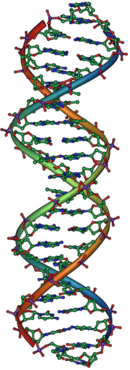
By knowing an athlete’s “programming”, it’s possible to know what type of training the athlete responds best to, and what could possibly compromise their ability to compete at their best.
These results provide critical insight, and give us the opportunity to work around the strengths and areas of growth, whether it’s by changing the diet (for example adding collagen or extra protein) or tweaking a training programme, i.e incorporating exercises like Pilates).
The same basic principles – find the weak link and control its effect – are also applied to the speed of recovery. As post-training adaptation needs a perfectly synched cascade of inflammatory and oxidative mediators.
It is said that the genes load the gun but it is the environment that pulls the trigger. Instead of going through the tougher road of pushing “harder” over and over again, finding the individual “right” way is the smarter way. No matter how high they’ve already reached, when athletes know how their systems are programmed, they can then rise to their full potential.


